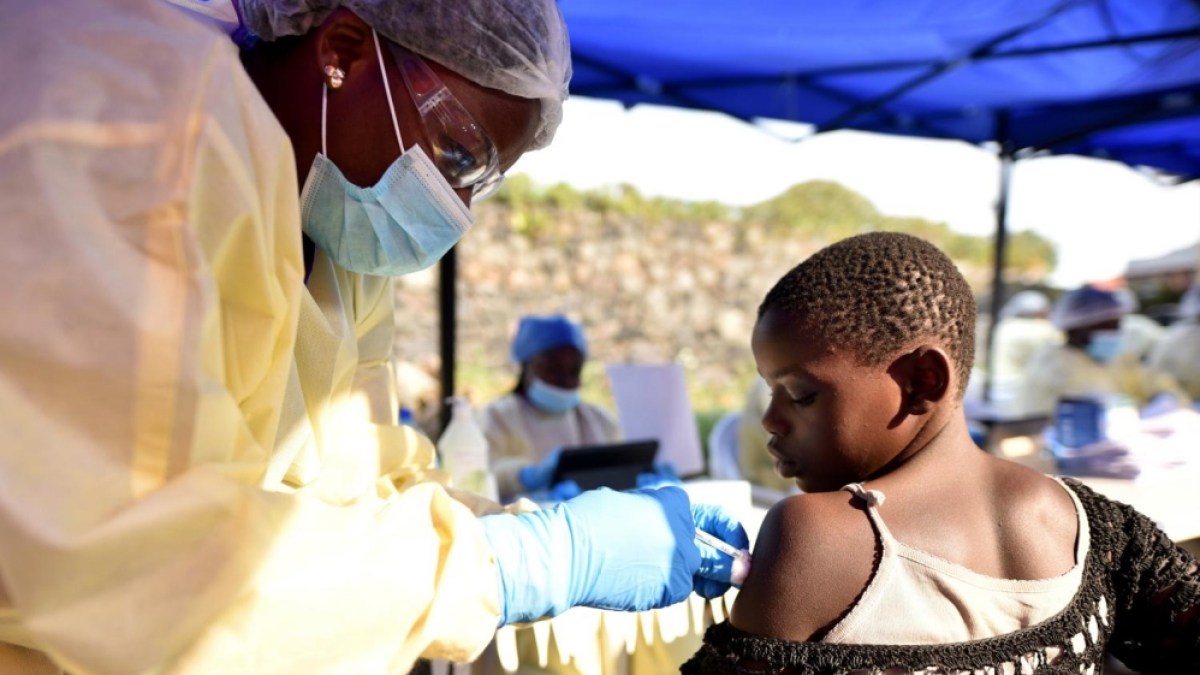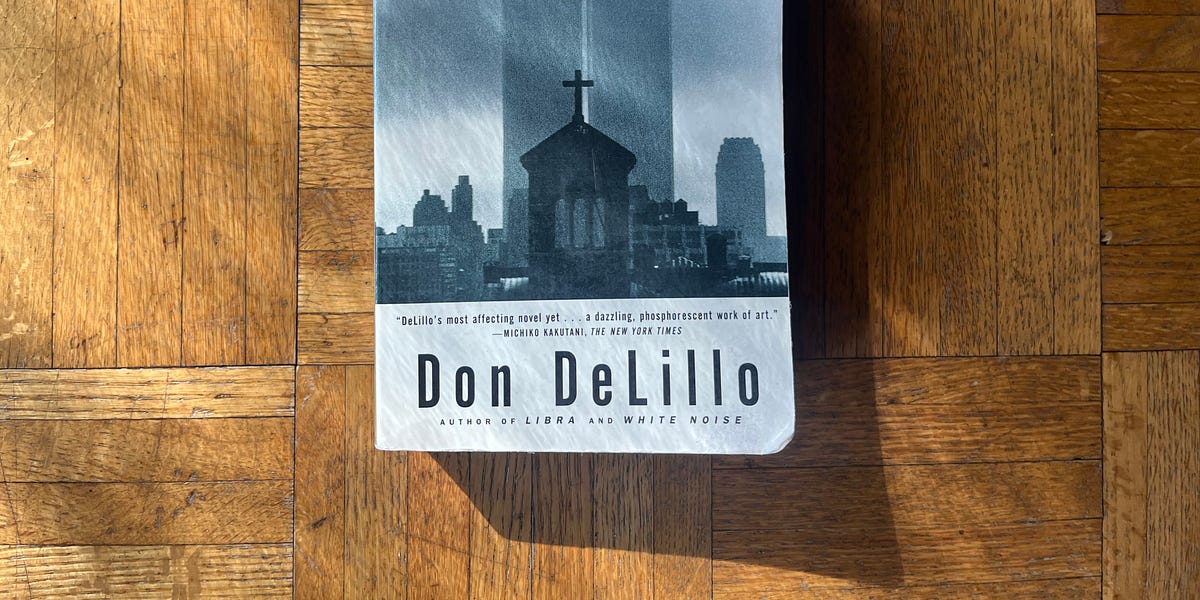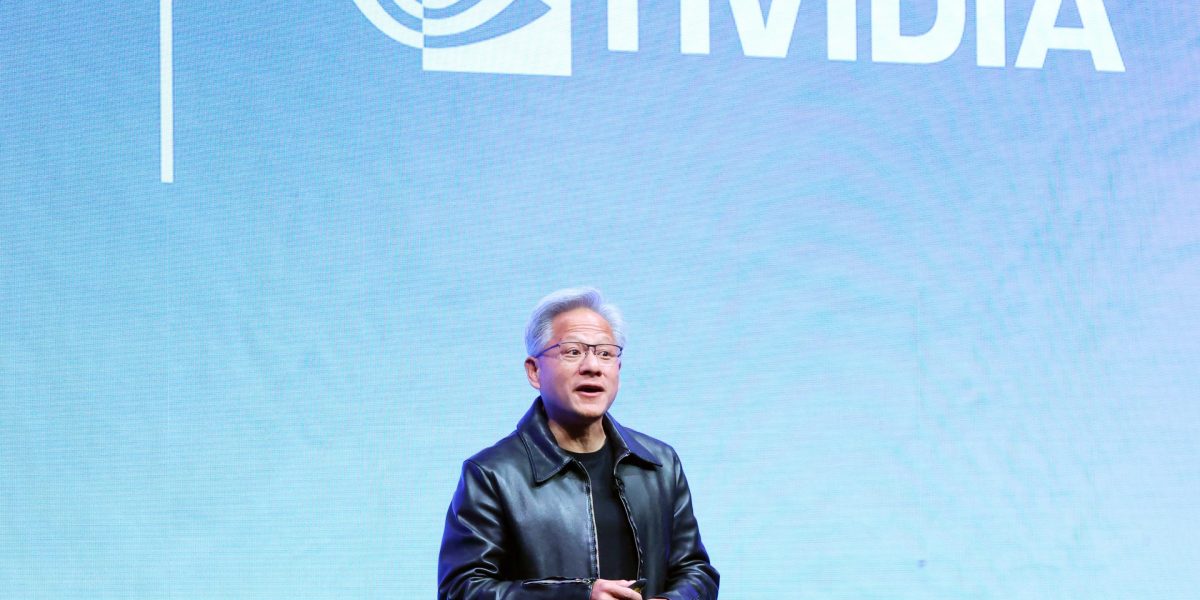Barring new cases, the patient’s recovery kicks off a 42-day countdown to declaring the country’s 16th outbreak over.
Published On 19 Oct 2025
The last Ebola patient in the Democratic…

Barring new cases, the patient’s recovery kicks off a 42-day countdown to declaring the country’s 16th outbreak over.
Published On 19 Oct 2025
The last Ebola patient in the Democratic…

Patients treated with izalontamab brengitecan (iza-bren; BL-B01D1) had superior overall response rate (ORR) compared with chemotherapy in patients with recurrent or metastatic nasopharyngeal carcinoma (NPC), according to results from the BL-B01D1-301 study (NCT06118333) presented at the 2025 European Society for Medical Oncology (ESMO) Congress and published in The Lancet.1,2
The ORR by blinded independent central review was 54.6% (95% CI, 45.2%–63.8%) with iza-bren vs 27.0% (95% CI, 19.1%–36.0%) with chemotherapy, with an odds ratio of 3.3 (95% CI, 1.9–5.8; P < .0001) showing it was significantly higher in this primary end point.1
“This was the first randomized phase 3 study evaluating iza-bren in recurrent or metastatic NPC. Our study has met its primary end point for ORR, and we can see a clinically meaningful improvement in progression-free survival [PFS] and it has a management safety profile,” said Huaqiang Zhou, MD, of Sun Yat-sen University Cancer Center in Guangzhou, China, in his presentation.1
Approximately 20% to 30% of patients with NPC have recurrent or distant metastases, and current treatment options have low response rates. Iza-bren is a potentially first-in-class topoisomerase 1 inhibitor-based EGFR and HER3 bispecific antibody-drug conjugate (ADC).
The multicenter, randomized, open-label, phase 3 BL-B01D1-301 trial was designed to investigate this agent in patients who had previously received at least 2 lines of systemic chemotherapy including at least 1 platinum-containing regimen and a PD-1 or PD-L1 inhibitor. The primary end points were ORR and overall survival (OS), with secondary end points including progression-free survival, duration of response (DOR), and safety.
Patients were enrolled in 55 hospitals in China. They were stratified by number of prior lines of platinum-based treatment, ECOG performance status of 0 vs 1, and presence/absence of liver metastases.
Of 522 patients who were screened, 386 were randomly assigned on a 1:1 basis with 191 receiving 2.5 mg/kg iza-bren on days 1 and 8 of a 3-week cycle with 195 receiving physician’s choice of chemotherapy.1
The median age of patients was 50.0 in the treatment arm and 49.0 in the chemotherapy arm, with the majority being male in each arm (85.3% and 81.0%, respectively). The majority had ECOG performance status of 1 (75.9% in both arms). Over half of patients in both arms had received 2 prior lines of therapy with the rest having received at least 3 lines. The majority had received 2 prior lines of chemotherapy, with 48.2% of each arm having received 2 prior lines of platinum-based chemotherapy. Prior radiotherapy had been used in 89.5% of the experimental arm and 88.2% of the control arm.
Metastases were present at baseline in the liver, bones, and lungs in 47.6%, 49.2%, and 46.6% of the experimental arm and 48.7%, 46.7%, and 37.4% of the control arm.
Results were reported at median follow-up of 7.66 months for iza-bren and 7.10 months for chemotherapy. There was 1 complete response in the iza-bren arm and none in the control arm. The disease control rate was 82.4% with iza-bren vs 69.6% with chemotherapy. All subgroups favored iza-bren in this analysis.
The median DOR was 8.5 months for iza-bren vs 4.8 months for physician’s choice of chemotherapy (HR, 0.43; 95% CI, 0.22–0.83). The median PFS was 8.38 months with iza-bren vs 4.34 months for chemotherapy (HR, 0.44; 95% CI, 0.32–0.62), and this trend was consistent across subgroups. At this time, OS was not mature.
Treatment-related adverse events (TRAEs) of grade 3 or higher were reported in 79.9% of patients receiving iza-bren vs 61.6% of those receiving chemotherapy. Serious TRAEs occurred in 43.4% of patients in the iza-bren arm vs 27.0% in the chemotherapy arm, and 4 (2%) treatment-related deaths occurred in the iza-bren group. Dose reductions due to TRAEs were needed in 41.8% with iza-bren vs 24.3% with chemotherapy, and TRAEs leading to dose interruption occurred in 61.4% vs 18.4%, respectively. TRAEs led to treatment discontinuation in 2.6% vs 3.2%, respectively.
Hematological AEs were reported more frequently with iza-bren vs chemotherapy including anemia in 50% vs 10% and decreased platelet count in 43% vs 7%. Decreased white blood cell count occurred in 43% vs 44% and decreased neutrophil count occurred in 38% vs 41%, respectively. According to Zhou, these were well managed by standard supportive care. The majority of nonhematologic TRAEs were grade 1 or 2, and no new safety signals were identified.
Two cases of grade 2 interstitial lung disease (ILD) occurred in the experimental arm and 2 cases of grade 3 ILD occurred in the chemotherapy arm.
“Based on this trial, iza-bren represents a potential new standard of care for heavily pretreated patients with recurrent or metastatic NPC,” concluded Zhou.

MacBooks have always carried a premium price tag that puts them out of reach for many people who’d love to experience macOS and Apple’s ecosystem. The reality is that most decent Windows laptops hover around the $800 to $1,300 range,…

Seeking one thing in literary fiction, you often find another. Shortly after Charlie Kirk’s assassination a month ago, I picked up Don DeLillo’s 1997 novel “Underworld.” Not a typical response to an assassination for a journalist,…

…

Nvidia CEO Jensen Huang urged nuance when it comes to regulating China’s access to U.S. technologies that are critical to developing artificial intelligence.
In an interview with Citadel Securities on Tuesday, he warned that what harms China can often harm the U.S., and sometimes even in worse ways.
“Before we leap towards policies that are hurtful to other people, take a step back and maybe reflect on what are the policies that are helpful to America,” Huang said.
His words of caution come as Nvidia processors have become hot commodities in the AI race as well as political bargaining chips in the U.S.-China trade war.
Huang said he’d like the world to run on U.S. know-how, but noted about half the world’s AI researchers are in China.
“I think it’s a mistake to not have those researchers build AI on American technology,” he added.
Trying to strike a balance between his goal of maintaining U.S. tech supremacy along with access to China will require nuance rather than an all-or-nothing approach, Huang said. But that’s not the case now, as Nvidia is “100% out of China.”
“We went from 95% market share to 0%, and so I can’t imagine any policymaker thinking that that’s a good idea, that whatever policy we implemented caused America to lose one of the largest markets in the world,” he said.
He didn’t name names, or administrations. But the Biden administration imposed rules in 2022 to restrict the export of Nvidia’s most advanced AI chips to China, leading the company to design a processor that met the new limits.
In April, Nvidia said the Trump administration blocked the sale of some of its AI chips to China without licenses and would require them for future sales. Then in August, the administration granted export licenses for certain Nvidia and AMD chips to China in exchange for 15% of the revenues.
But Chinese regulators have reportedly told domestic tech companies not to buy Nvidia chips that were designed to meet U.S. export requirements.
Meanwhile, Beijing placed strict limits on exports of rare earths, a critical input for a wide range of advanced technologies, mimicking U.S. export rules on AI chips.
That prompted President Donald Trump to fire back with an additional 100% tariff on Chinese goods. Officials from both sides are due to resume talks this week, ahead of a planned meeting with Trump and his Chinese counterpart later this month.
For now, Huang told Citadel that all of Nvidia’s financial forecasts assume China will remain out of the picture.
“If anything happens in China, which I hope it will, it’ll be a bonus,” he said. “But it’s a large market. China is the second largest computer market in the world. It is a vibrant ecosystem. I think it’s a mistake for the United States to not participate. So hopefully we’ll continue to explain and inform and hold out hope for a change in policy.”

For September, retail sales, a key gauge of consumption, likely grew 3.0% on year, down from August’s 3.4% increase, the poll shows. Industrial production is estimated to have grown 5.3%, marginally above August’s 5.2%. Fixed-asset investment likely stayed flat in the first three quarters of the year, compared with a 0.5% rise through August. Property data due the same day are expected to show another weak month for the housing sector.
The People’s Bank of China will also announce the country’s benchmark lending rates on Monday, which are widely expected to remain unchanged.
Separately, China’s ruling communist elites are set to convene a meeting from Monday to Thursday to review the country’s 15th Five-Year Plan, mapping out key policy initiatives for the world’s second-largest economy for the rest of the decade. While detailed targets will be unveiled next March, economists at Morgan Stanley expect the focus to remain on “technological self-sufficiency, innovation and national security,” with limited market-moving surprises.
Australia / New Zealand
In Australia, attention will be focused on further communication from the Reserve Bank of Australia. While senior officials have recently signaled more interest-rate cuts, they may start rowing back those comments after data showed unemployment jumped to its highest level since late 2021.
Even with inflation risks lingering, the rise in unemployment to 4.5% in September adds pressure on the RBA to keep lowering the official cash rate. The increase may reflect weaker government hiring and continued softness in the private sector, compounded by global trade uncertainty and China's tariff headwinds.
A speech by RBA Gov. Michele Bullock on Friday will be a key focus in an otherwise light data week.
In New Zealand, third-quarter inflation data on Monday will draw close attention. Policymakers appear increasingly attuned to signs of weakness, making further rate cuts all but certain.
Indonesia
Bank Indonesia is set to announce its policy decision on Wednesday and is widely expected to continue cutting interest rates to support growth.
UOB economist Enrico Tanuwidjaja thinks the easing cycle is not complete, but the end is near. He expects a 25-basis-point cut to 4.50% in October, followed by another reduction in the first quarter of 2026, with rates likely to remain steady through the year after that.
Malaysia
Malaysia's September inflation data is likely to show a small uptick in price pressures but not enough to move the needle for the central bank.
ANZ expects CPI to have edged up to 1.5% from 1.3% in August, driven by slightly higher utilities and transport costs. However, with the government reduction of fuel prices, transport inflation could ease in the coming months, ANZ said.
Overall, inflation is expected to stay subdued, supported by weak global commodity prices and moderating domestic demand. ANZ doesn't anticipate Bank Negara Malaysia to cut rates again soon unless growth weakens significantly.
South Korea
The Bank of Korea is expected to hold rates when the monetary policy board meets on Thursday, keeping policy settings unchanged for a third consecutive session.
Analysts have recently pushed back forecasts for the central bank to deliver a rate cut from October to November or later, citing continued financial stability risks tied to household debt and Seoul's overheated property market. Lower borrowing costs could further stoke mortgage lending, complicating the BOK's decision.
Goldman Sachs economists said the government's latest housing stabilization measures-tightening mortgage and property transaction rules-support the case for the BOK to hold rates in October while signaling a dovish bias for November.
The central bank may wait for home prices to stabilize before delivering another cut, Citigroup economist Jin-Wook Kim said.
Singapore
Singapore will release its September inflation data on Thursday. The central bank recently said core inflation, a measure excluding private road transport and accommodation, could bottom out soon and rise gradually in 2026.
Core inflation cooled to 0.3% on year in August from 0.5% in July. ANZ Research expects September to mark the low point of weak inflation, forecasting a 0.2% on-year rise in core prices and a 0.6% gain in headline inflation.
Any references to days are in local times.
Write to Jessica Fleetham at jessica.fleetham@wsj.com and Jihye Lee at jihye.lee@wsj.com
(END) Dow Jones Newswires
October 19, 2025 17:14 ET (21:14 GMT)
Copyright (c) 2025 Dow Jones & Company, Inc.

LEGO rarely discounts its sets on its own website and prefers to maintain consistent pricing across its catalog. That’s what makes Amazon’s periodic deals so valuable for Star Wars fans. Right now, several iconic sets have dropped to…